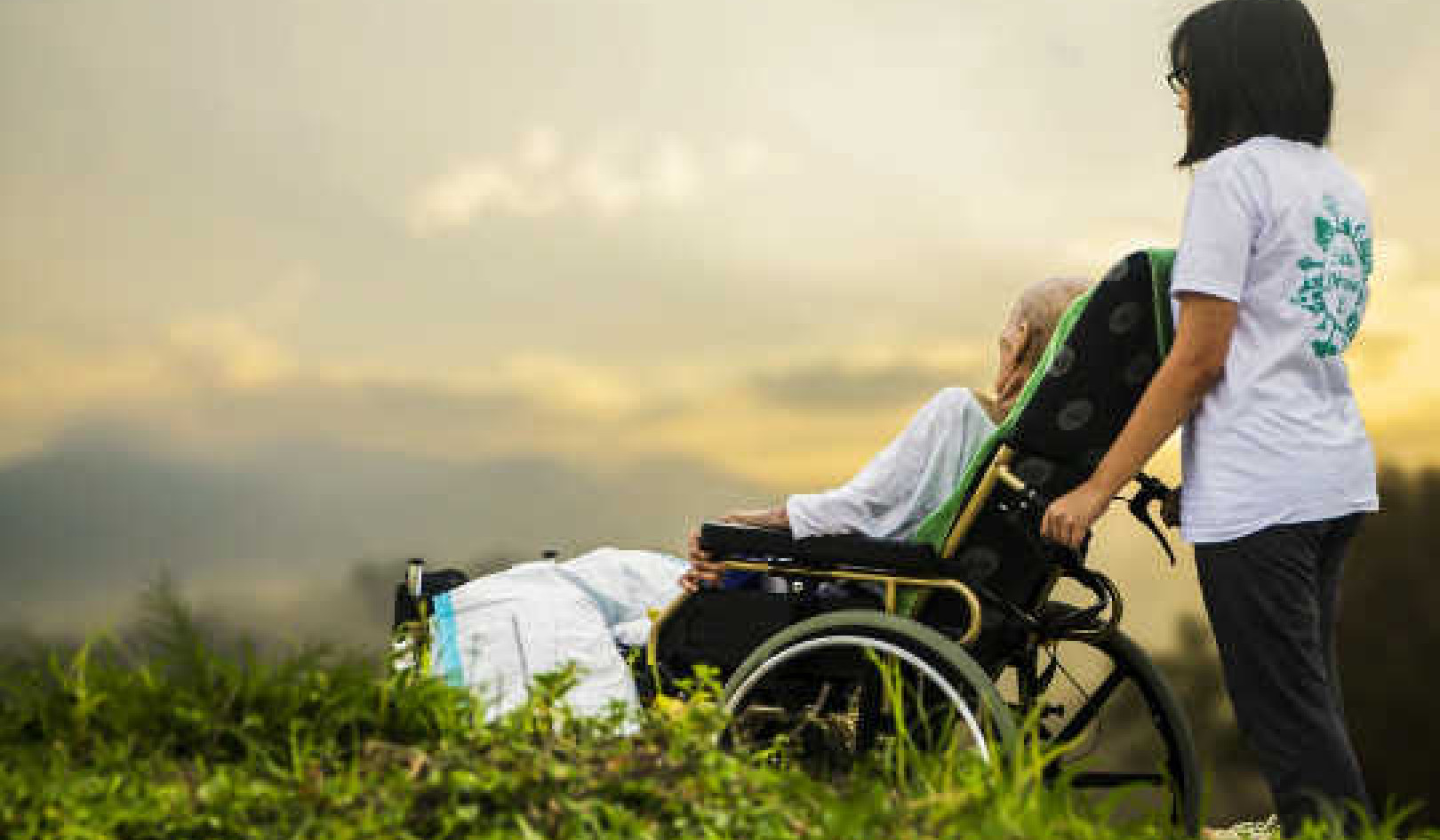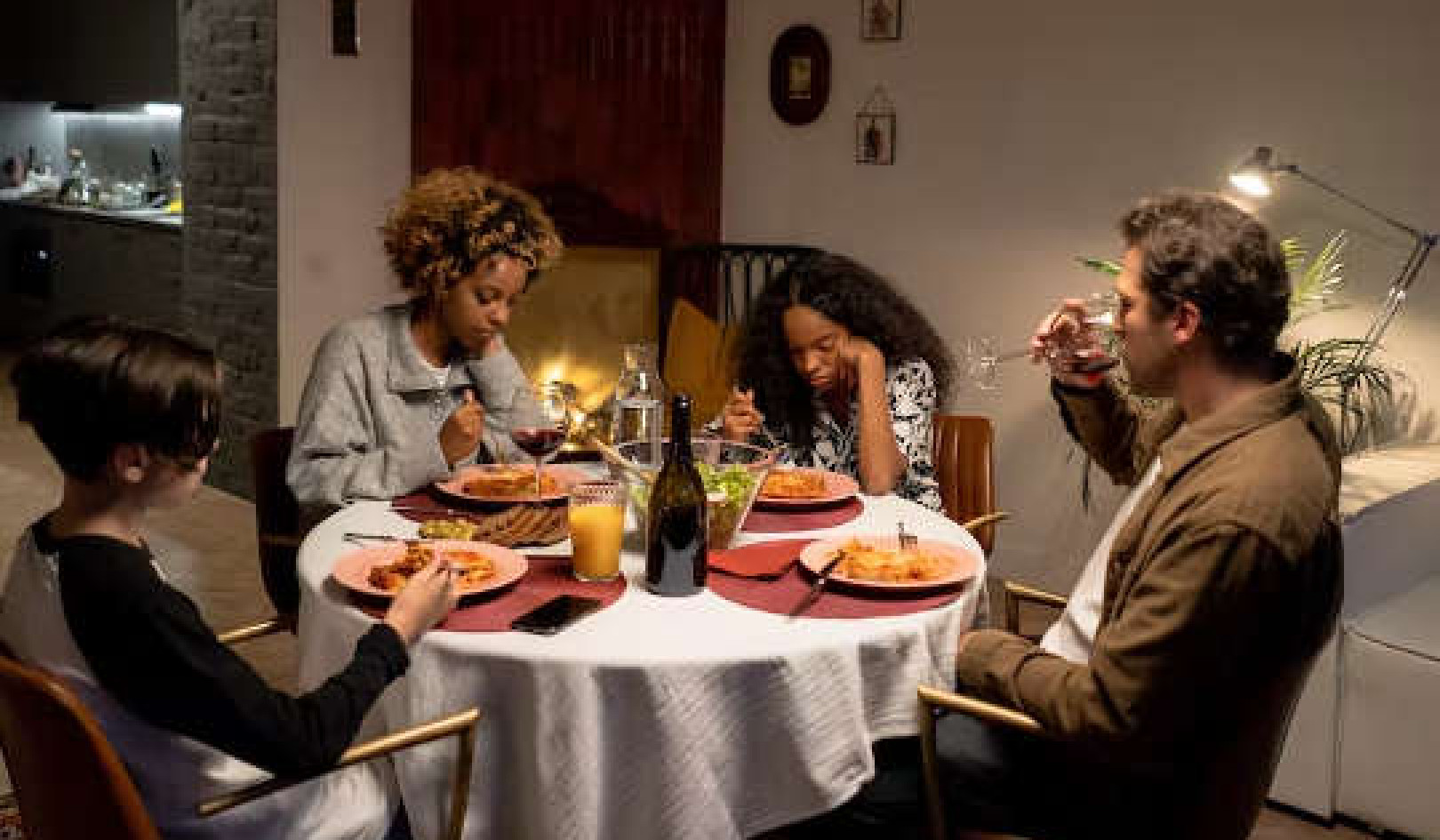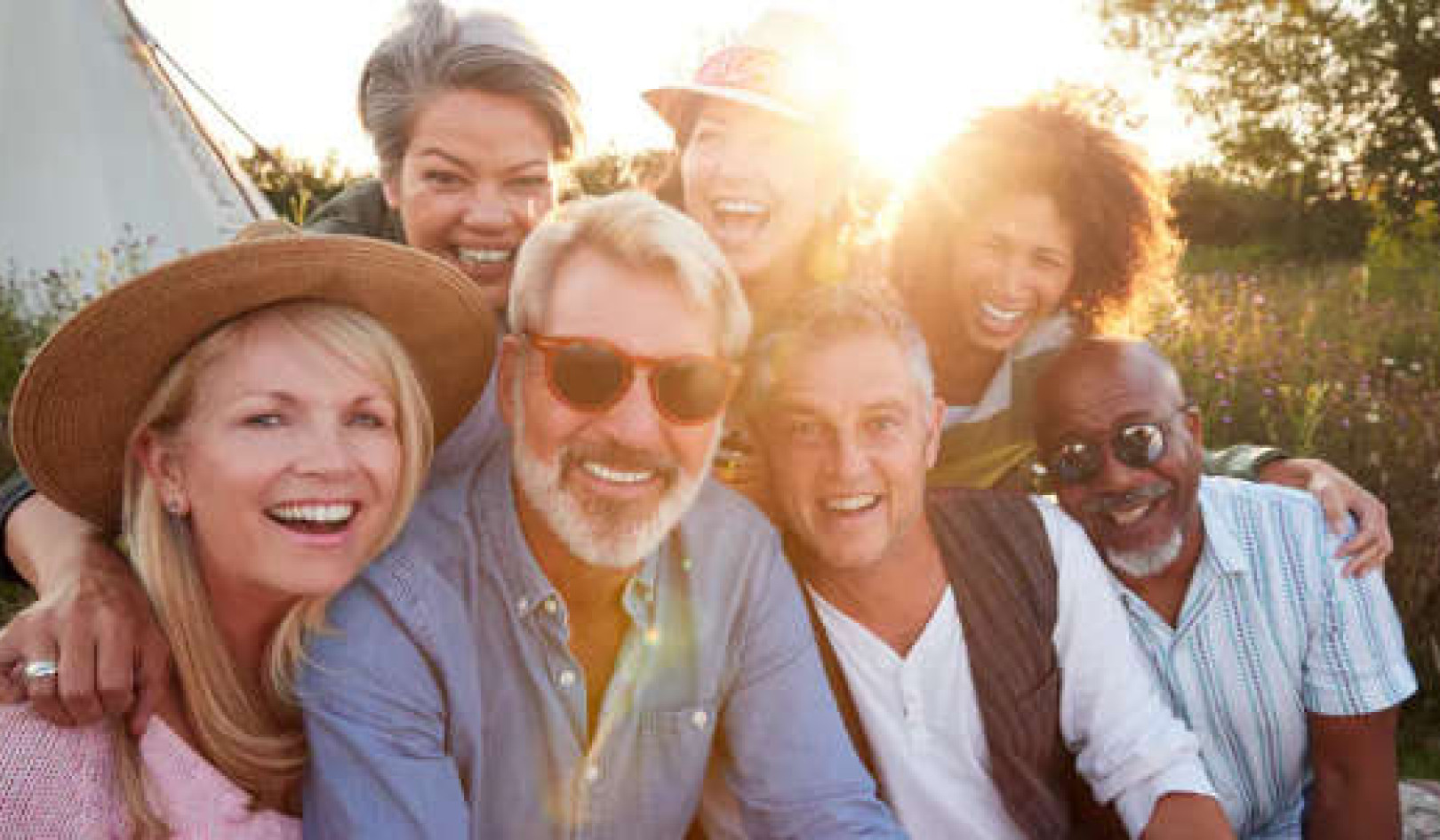After a fairly relaxed summer, more and more places are bringing back tighter restrictions in response to rising COVID-19 cases, with some even returning to full or near-full lockdowns.
We all know that social distancing makes sense: the fewer people we meet (and the further away from them we stay), the less likely we are to get ill or to spread the virus. But sticking to social distancing is hard. And the longer we do it, the harder it seems to get.
Recent findings from social neuroscience may offer some insights on how we can nonetheless stay socially connected. Hopefully, this will help us cope better – if only just a little.
Getting in sync
Being socially connected to others makes us feel safe and cared for, and this feeling affects our body and brain. We worry less about potential dangers and feel less stressed, sleep better, have lower heart rate and blood pressure, our baseline energy requirement is lower, and our immune system works more efficiently. We are also less prone to depression.
This is because when calculating the available cognitive and bodily resources, our brain naturally takes our nearest social surroundings – the people we interact with – into account. It treats social and metabolic resources almost interchangeably. If we can count on other people to support us in times of need, our own resources can either be preserved or dedicated to other issues, as if they were literally increased.
Recent social neuroscience findings suggest that these beneficial effects have a lot to do with becoming synchronised with others, by paying attention to or thinking about the same thing at the same time and to have the ability to react to one another instantly.
We usually do this through physical touch, eye contact, talking to each other, sharing our emotions, and following each other’s behaviour – such as bodily gestures. We call this bio-behavioural synchrony.
There is growing evidence that being in synchrony with others increases cooperation, social connection and positive thoughts about others, and also lifts our spirits. It can also ease our pain, reduce stress and boost our resilience – our ability to stay positive and healthy despite facing adversity.
Virtual connections
This means we should embrace virtual interaction for our work meetings, quick chats and socially distanced workouts, quizzes or movie nights. It won’t be the same as before, but we can still get some of this feeling of synchrony with others that is so important for us.
What’s more, recent insights reveal that virtual interactions can stimulate comparable bodily and brain responses to those from real-world interactions. For example, making eye contact with someone over a video call has similar effects, physiologically and psychologically, as a “real” interaction involving eye contact.
There is also evidence that brain areas related to social reward and mind-reading show stronger activation during a live online social interaction than when watching the same interaction content as a recorded video. Hearing a loved one’s voice may even be enough to decrease the stress hormone cortisol and increase the social bonding hormone oxytocin - but you don’t get this reaction from just reading a text from the same person.
Other research even shows that imagining a loved one’s presence (with the help of a photo) when anticipating or feeling pain significantly decreases brain activity related to pain, as well as your subjective experience of it – very much as if the loved one was with you holding your hand.
Be kind
Social connection is a strongly subjective, inner experience. We can have a thousand friends but still feel lonely. It is not physical, objective social isolation that makes our body and mind ill, but our perceived social isolation or loneliness.
One way to maintain or even create a stronger sense of social connection from within is to be kind and compassionate towards and help others. There is ample evidence that by acting “prosocially” in this way, we become happier and healthier by ourselves.
This is because generating a compassionate attitude from within is associated with activation of positive emotion- and reward-related brain regions and hormonal pathways. We can even put ourselves in this state by being on our own and simply wishing others well and good health through meditation. In this sense, we can literally help ourselves by helping others.
Reach out
We also shouldn’t be afraid of reaching out to others, to follow our natural tendency to let others know that we are not fine and need support. Almost always, somebody will respond, because we are not only made to shout out if we need help (using our innate attachment system), but we are also made for helping others if they need it (using our innate caregiving system.
Although the virtual space can be hostile sometimes, it has recently shown to also be full of compassion and social warmth. And the same appears to hold true when reaching out in a more old-fashioned, analogue way.
The field of positive psychology says that we have a unique ability to learn optimism in the face of adversity, and that we should build upon our propensity for getting through periods of trauma with a developed sense of personal growth and an increased inner-strength. Social neuroscience has shown us that we can do it best if we do it together.![]()
About the Authors
Pascal Vrticka, Lecturer in Psychology, University of Essex and Philip J. Cozzolino, Lecturer in Social Psychology, University of Essex
This article is republished from The Conversation under a Creative Commons license. Read the original article.

Related Books:
Crucial Conversations Tools for Talking When Stakes Are High, Second Edition
by Kerry Patterson, Joseph Grenny, et al.
The long paragraph description goes here.Click for more info or to order
Never Split the Difference: Negotiating As If Your Life Depended On It
by Chris Voss and Tahl Raz
The long paragraph description goes here.Click for more info or to order
Crucial Conversations: Tools for Talking When Stakes Are High
by Kerry Patterson, Joseph Grenny, et al.
The long paragraph description goes here.Click for more info or to order
Talking to Strangers: What We Should Know About the People We Don't Know
by Malcolm Gladwell
The long paragraph description goes here.Click for more info or to order
Difficult Conversations: How to Discuss What Matters Most
by Douglas Stone, Bruce Patton, et al.
The long paragraph description goes here.
 giuseppelombardo/Shutterstock
giuseppelombardo/Shutterstock
 Fizkes/Shutterstock
Fizkes/Shutterstock





















